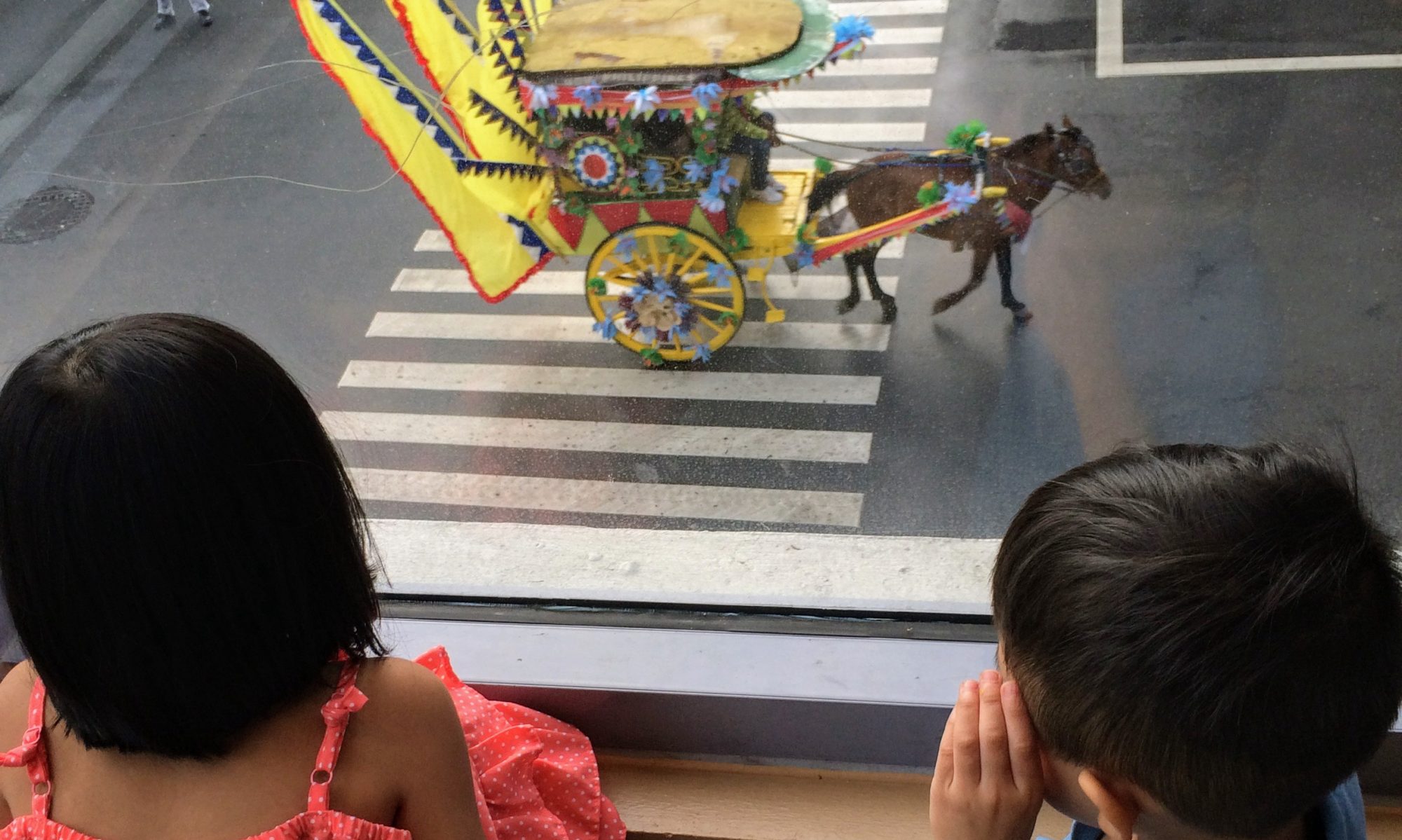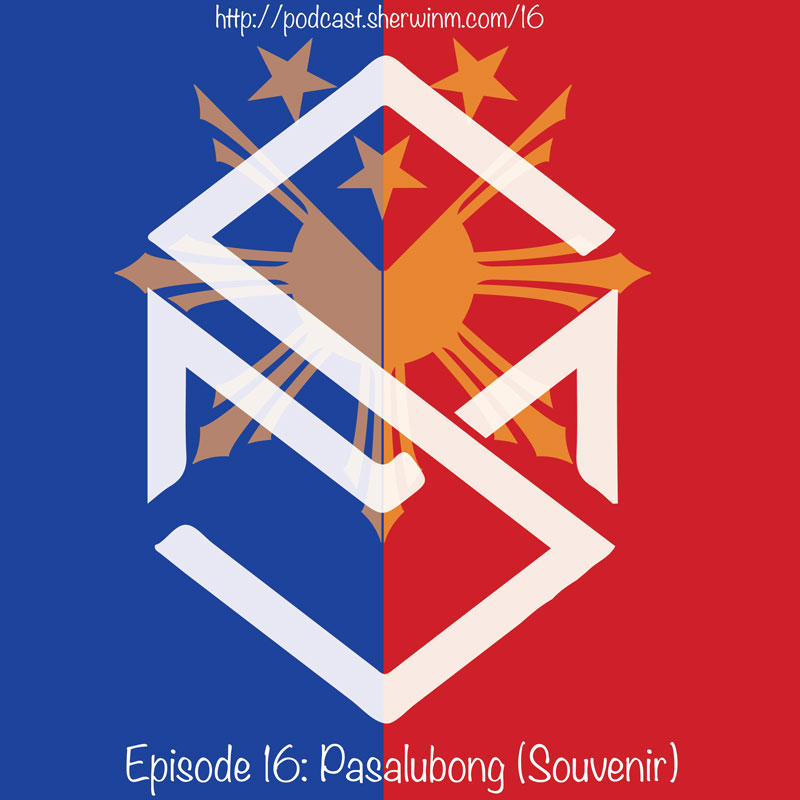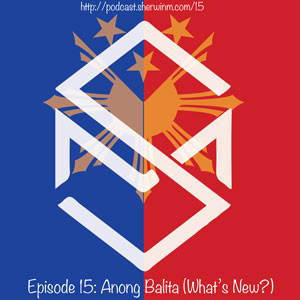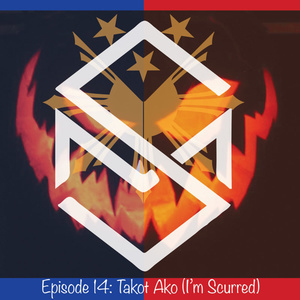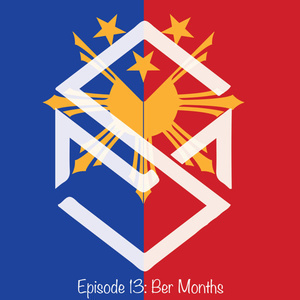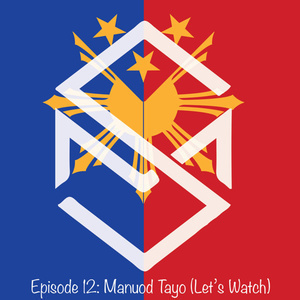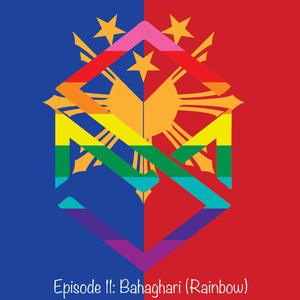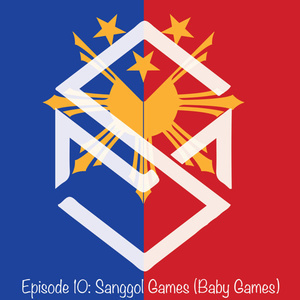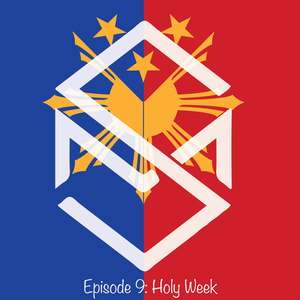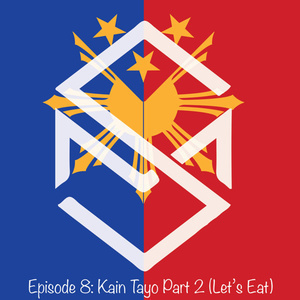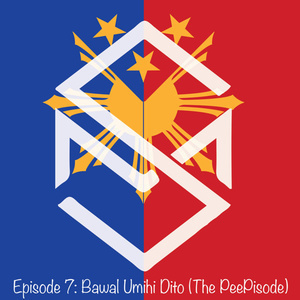My Pasalubong to You: Episode 16!
Welcome back to the Sherwin M Podcast! I’m Sherwin. After mentioning my long break in the last episode (“Anong Balita?”), I figured this episode could be my Pasalubong to you all for sticking around!
Defining Pasalubong: A Filipino Tradition of Gifts
What exactly is Pasalubong? The closest English translation is souvenir or gift, but it’s a deeply ingrained Filipino tradition of bringing something back for family and friends whenever you’ve been away – whether on a long trip abroad or just out for the day.
Growing up in the Philippines, it was almost expected. An aunt goes somewhere? “Auntie, don’t forget my pasalubong!” It didn’t matter how small it was; it truly was the thought that counts. Receiving pasalubong meant someone remembered you while they were busy or having fun elsewhere. To me, it feels like it signifies more than just a simple souvenir.
Memories of Receiving Pasalubong as a Kid
Some pasalubong I remember getting:
- Mani: Peanuts! Often deep-fried with garlic and salt, sold hot in little paper bags by street vendors. Simple, but delicious and appreciated.
- T-Shirts: My uncle was an OFW (Overseas Filipino Worker) seaman and would bring back shirts from different countries he visited.
- Treats: Things like Pastillas (milk candies) or Polvoron (that powdery shortbread candy that crumbles easily – pulbo means powder). (We didn’t have many store-bought toys back then; we often made our own!)
Craving Pasalubong from the Homeland: Dried Pusit & Kasoy
Even now, living in the US, there are specific pasalubong I crave and ask for whenever friends or family visit the Philippines:
- Dried Pusit (Squid): Especially from my dad’s home province, Palawan (that long island strip on the west side). It’s dried squid that I love to fry up and eat with eggs for breakfast (almusal). Yes, it stinks up the house and travelers have to wrap it super well (in jario – newspaper, plastic bags, tape!) to contain the smell, but it’s SO good!
- Kasoy (Cashews): Specifically, deep-fried with garlic (skin still on!) and a little salt. My aunt in Palawan used to make the best kind. I even remember helping make it as a kid – it’s incredibly labor-intensive!
The Labor of Love: Making Fried Kasoy in Palawan
Quick detour on how that kasoy is made traditionally:
- You pick the raw cashews (which grow on a fruit).
- You sit on a kabayo (literally ‘horse’ – a low wooden bench/tool you straddle).
- Using a blade mechanism on the kabayo, you carefully crack open the hard outer shell of each cashew nut. The shell secretes an oil that can burn or stain your skin, so you have to be cautious.
- Then, you use a small tool (like a flathead screwdriver) to pry the nut kernel out of the cracked shell halves.
- The raw nuts are then dried (for days, I think?) to remove residual oils.
- Finally, they’re deep-fried with garlic and salt, then dried again. It’s a ton of work, which is probably why my aunt doesn’t make it for me anymore (she’s a busy grandma now!), but man, it’s the best. It’s also great pulutan (food eaten while drinking – maybe a future episode topic!).
Forgetting and Remembering: Pasalubong for My Own Kids
Interestingly, I realized I’d kind of lost the daily pasalubong habit myself. My wife would ask, “What pasalubong should we bring the kids?” after we’d just been out running errands 20 miles away, and my initial thought was, “Why? We weren’t on a big trip!” I had mentally shifted pasalubong to only mean things brought back from far away, like the Philippines.
But thinking back to my own childhood joy over even simple things like peanuts reminded me how important that small gesture of remembrance is. So now, we make an effort again. If my wife and I go out, we try to bring back something small for the kids – a treat from Red Ribbon or 85°C Bakery, a Starbucks cake pop. Seeing their excitement mirrors exactly how I felt receiving pasalubong back then.
Let’s Keep the Pasalubong Spirit Going!
I encourage you all – Filipino or not – to embrace the spirit of pasalubong! If you see your nieces/nephews/kids, bring them a little something, even if you just saw them yesterday. If you have friends/family going to the Philippines, ask for pasalubong! And remember, if you’re visiting the Philippines from abroad, people there will likely be expecting pasalubong from you too! Let’s spread the thoughtful gift-giving!
Thoughts on Recording Solo & Listener Feedback
That’s it for the topic! Just wanted to add, I’m happy to be recording again (“on a roll!”). Recording solo is definitely harder than having a guest; sometimes I feel like I’m just rambling into a microphone without feedback! That’s why your messages and feedback mean so much – they really get me going. Please keep reaching out!
Tagalog Words
- OFW – overseas Filipino worker (not really tagalog but is commonly used)
- mani – peanuts
- pastillas – dairy type of snack
- polvoron – powdered sweet snack
- pusit – squid
- almosal – breakfast
- jaryo – newspaper
- kasoy – cashew
- kabayo – horse, here’s a picture, but the end is different. This picture is for coconuts not cashew.
- pulutan – food you eat while drinking alcohol
Intro/Outro music by Emapea – Lofi https://emapea.bandcamp.com/
